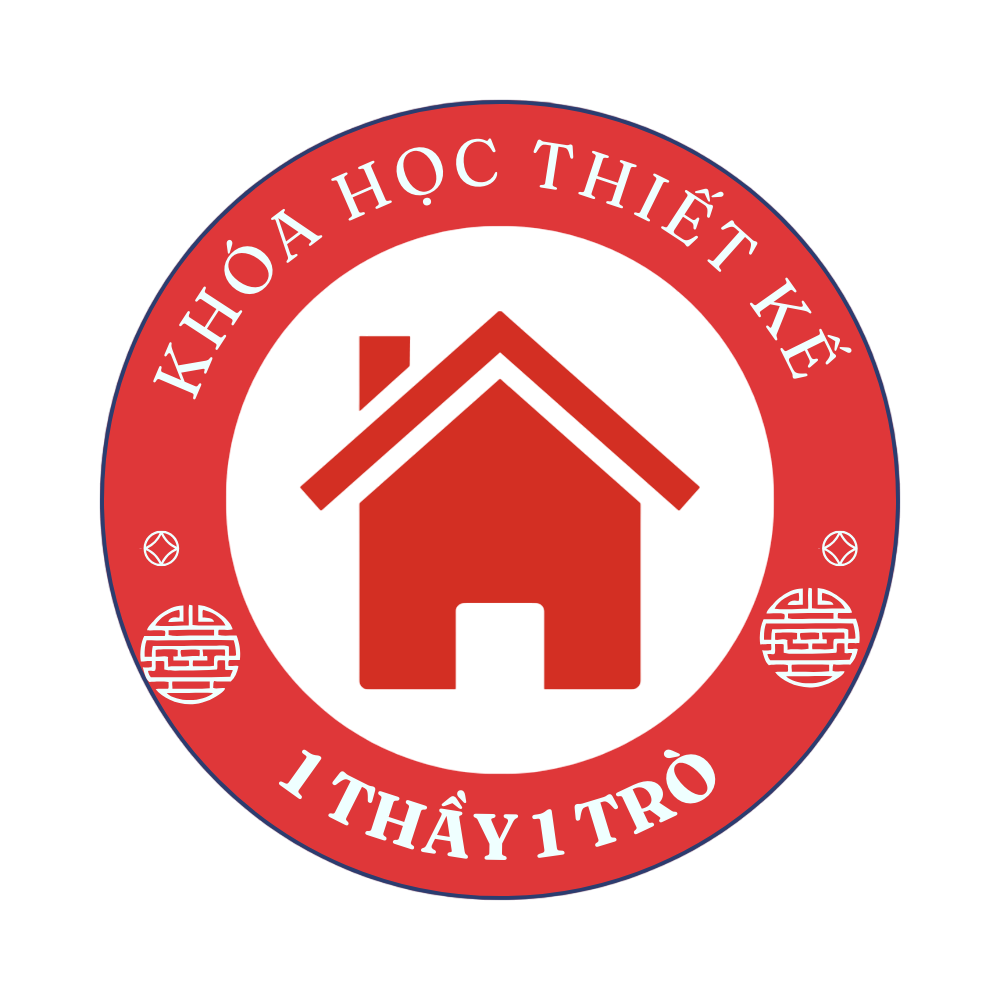Ten Dance competitions embody one of the most demanding disciplines in competitive ballroom dancing, requiring proficiency across ten distinct dance forms. This grueling format combines the refined precision of Standard alongside the fiery passion of Latin styles, testing competitors’ physical endurance, technical adaptability, and artistic consistency[1][2][4].
## Origins and Structural Foundations https://ten-dance.com/
### The Ten Dance Concept
According to the World DanceSport Federation (WDSF), International 10-Dance includes five International Standard dances and Cha-cha, Samba, Rumba, Paso Doble, Jive, executed within one unified competition[1][3][4]. In contrast to specialized Standard or Latin categories, 10-dance competitors are required to exhibit balanced mastery in contrasting techniques, a feat achieved by only 3.3% of elite dancers[1][6].
The category’s inception trace back to global regulatory initiatives by bodies including the WDC (World Dance Council), pioneering the first World 10 Dance Championships in 1978. British couples dominated early editions, as evidenced by eight consecutive world titles from 1978-1985[3].
### Competition Logistics and Challenges
Ten Dance events follow distinct temporal demands:
– Sequential style execution: Competitors transition from Standard’s controlled elegance and Latin’s rhythmic intensity within hours[1][2].
– Costume and mental transitions: Quick changes formal Standard wear to Latin’s revealing outfits intensify competitive stress[1][6].
– Evaluation metrics: Mechanical accuracy, musical interpretation, and interdisciplinary consistency determine rankings[4][6].
Analysis of major tournaments indicates Germany’s contemporary dominance, as demonstrated by prolonged success periods[3]. Canada’s Alain Doucet & Anik Jolicoeur later emerged as four-time champions (1999-2002)[3].
## Technical and Training Complexities
### Dual-Style Mastery
Excelling in 10-dance requires:
– Divergent technical foundations: Ballroom’s vertical alignment versus Latin’s hip-driven motion[4][6].
– Opposing rhythmic approaches: Waltz’s 3/4 time fluidity contrasted with Latin’s staccato accents[2][6].
– Mental recalibration: Transitioning between Standard’s gliding movements to Paso Doble’s dramatic flair during events[1][6].
Training regimens require:
– Extended rehearsal time: Rigorous scheduling for sustaining dual-technique competence[1][6].
– Specialized coaching teams: Dedicated style experts often collaborate on unified training plans[6].
– Complementary conditioning: Classical dance foundations combined with sprints for Latin stamina[1].
### Statistical Realities
Competitive analytics illustrate:
– Attrition rates: 72% of Ten Dance aspirants abandon the category by their fifth competitive season[1].
– Scoring controversies: Over a third of judges report struggling evaluating cross-style performances[6].
## Cultural Impact and Future Trajectories
### Ten Dance’s Niche Appeal
Notwithstanding the inherent difficulties, Ten Dance cultivates:
– Holistic dancers: Competitors such as Iceland’s Adam & Karen Reeve (2003 champions) personify artistic completeness[3][6].
– Cross-style innovation: Hybrid movements created during Ten Dance routines often influence single-style competitions[4][6].
### Future Developments
The discipline faces:
– Participation declines: From 120 global elites in 2010 recent reductions[1][3].
– Rule modernization proposals: Discussions about adding American Smooth/Rhythm dances to revitalize interest[4][6].
– Digital advancements: Algorithmic scoring tools being trialed to address human bias concerns[6].
## Conclusion
The 10-dance category remains simultaneously a proving ground and contradiction within DanceSport. While celebrating exceptional adaptability, it risks athlete burnout through excessive demands. As governing bodies contemplate structural changes, the discipline’s core identity—merging technical extremes into cohesive performance—continues to shape its future[1][3][6].
